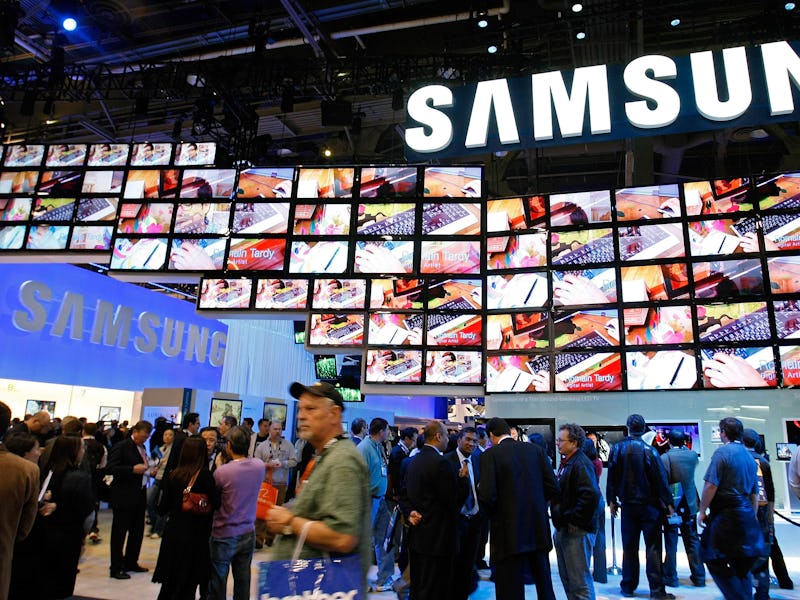On Monday, the South Korean government announced that it had approved Samsung’s request to test a pilot version if its self-driving technology.
Samsung representatives told The Korea Herald that the program, OK’d by the Ministry of Transport and Land, is not a move for Samsung to get back into the car industry, but that the company is interested in building the tech required for autonomous driving. (Google is doing the same thing with Waymo.)
The tech Samsung is working on is based on deep-learning technology to allow sensors to work better in bad weather and will be mounted on a Hyundai self-driving model.
In 2000, Samsung sold its bankrupt car division, Samsung Motors, to Renault, and claimed it was getting out of building cars. Following a quiet period, in 2014, Samsung purchased Harman, a connected car software company for $8 billion, starting rumors that Samsung was getting back into the car business. Instead, the company appears to be focusing on designing the technology needed by car companies to successfully build fully self-driving cars.
“The test has nothing to do with devices development, but (is being carried out) to test software and algorithm under development by Samsung,” a Samsung official told The Korea Herald.
The Korea Herald reports that the deep-learning algorithm Samsung is testing will use data gathered by the sensors on a Hyundai Grandeur sedan that has laser scanning devices and radar mounted on it. One of the major problems faced by self-driving cars is finding a way to work successfully in bad weather, as heavy rain, fog, or dust can confuse its sensors. The company is working to develop better sensors to overcome this, as well as building a self-driving artificial intelligence that can interpret its surroundings even in poor weather.
Although it’s not been revealed exactly how Samsung will use deep learning to do this, deep learning teaches an A.I. to learn how to handle novel situations by building connections in a set of training data. Samsung’s tests on roads in South Korea are likely to give the A.I. the information it needs to test how well it’s learned about driving, similar to how AlphaGo used old go games to learn how to play go better than a human.
